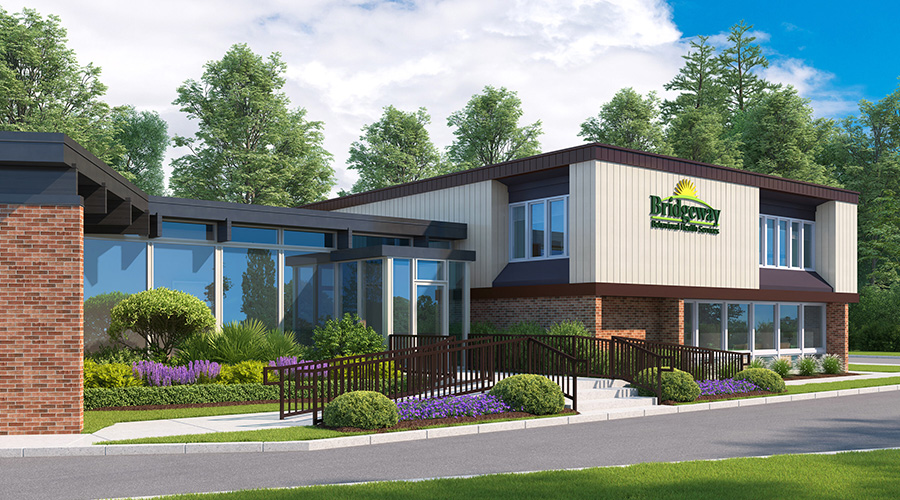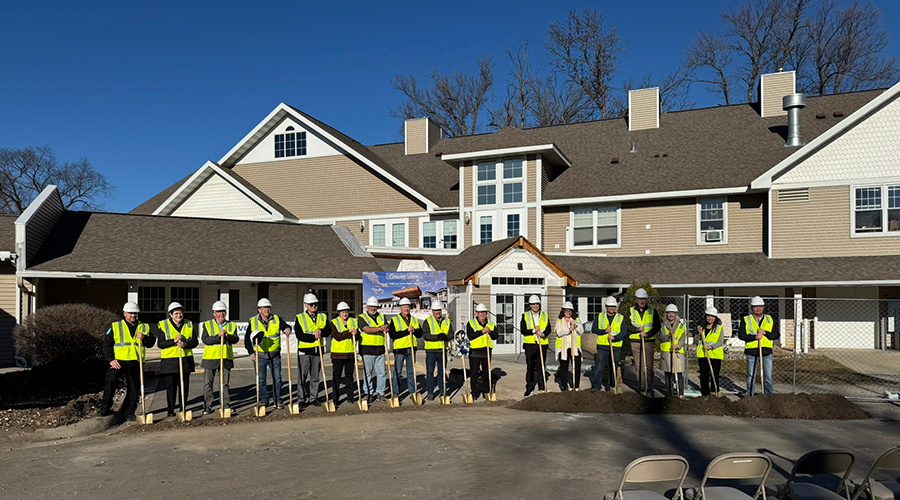WASHINGTON, D.C. – After indicating increasing demand for design services for the better part of a year, the Architecture Billings Index has reversed course in April. As a leading economic indicator of construction activity, the ABI reflects the approximate nine to twelve month lag time between architecture billings and construction spending. The American Institute of Architects (AIA) reported the April ABI score was 48.6, down from a mark of 51.9 in March. This score reflects a decrease in demand for design services (any score above 50 indicates an increase in billings) and is the lowest mark since July 2012. The new projects inquiry index was 58.5, down from the reading of 60.1 the previous month.
“Project approval delays are having an adverse effect on the design and construction industry, but again and again we are hearing that it is extremely difficult to obtain financing to move forward on real estate projects,” said AIA Chief Economist, Kermit Baker, PhD, Hon. AIA. “There are other challenges that have prevented a broader recovery that we will examine in the coming months if this negative trajectory continues. However, given that inquiries for new projects continue to be strong, we’re hopeful that this is just a short-term dip.”
Key April ABI highlights:
• Regional averages: South (52.6), West (50.7), Midwest (49.4), Northeast (48.2)
• Sector index breakdown: multi-family residential (52.0), institutional (50.1), commercial / industrial (49.2), mixed practice (48.6)
• Project inquiries index: 58.5
*The regional and sector categories are calculated as a 3-month moving average, whereas the index and inquiries are monthly numbers.
About the AIA Architecture Billings Index
The Architecture Billings Index (ABI), produced by the AIA Economics & Market Research Group, is a leading economic indicator that provides an approximately nine to twelve month glimpse into the future of nonresidential construction spending activity. The diffusion indexes contained in the full report are derived from a monthly “Work-on-the-Boards” survey that is sent to a panel of AIA member-owned firms. Participants are asked whether their billings increased, decreased, or stayed the same in the month that just ended as compared to the prior month, and the results are then compiled into the ABI. These monthly results are also seasonally adjusted to allow for comparison to prior months. The monthly ABI index scores are centered around 50, with scores above 50 indicating an aggregate increase in billings, and scores below 50 indicating a decline. The regional and sector data are formulated using a three-month moving average. More information on the ABI and the analysis of its relationship to construction activity can be found in the White Paper Architecture Billings as a Leading Indicator of Construction: Analysis of the Relationship Between a Billings Index and Construction Spending on the AIA web site.
About The American Institute of Architects
Founded in 1857, members of the American Institute of Architects consistently work to create more valuable, healthy, secure, and sustainable buildings, neighborhoods, and communities. Through nearly 300 state and local chapters, the AIA advocates for public policies that promote economic vitality and public well being. Members adhere to a code of ethics and conduct to ensure the highest professional standards. The AIA provides members with tools and resources to assist them in their careers and business as well as engaging civic and government leaders, and the public to find solutions to pressing issues facing our communities, institutions, nation and world. Visit www.aia.org.

 Healthcare Is the New Retail
Healthcare Is the New Retail Bridgeway Behavioral Health Services Launches Campaign to Renovate Health Center
Bridgeway Behavioral Health Services Launches Campaign to Renovate Health Center Ground Broken for New North Dakota State Hospital
Ground Broken for New North Dakota State Hospital AI Usage for Healthcare Facilities
AI Usage for Healthcare Facilities Ground Broken on Pelican Valley Senior Living Modernization Project
Ground Broken on Pelican Valley Senior Living Modernization Project